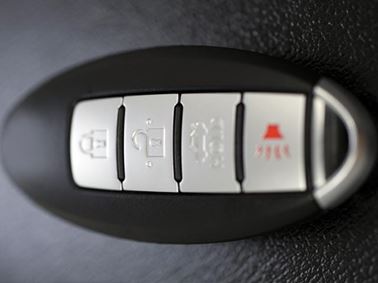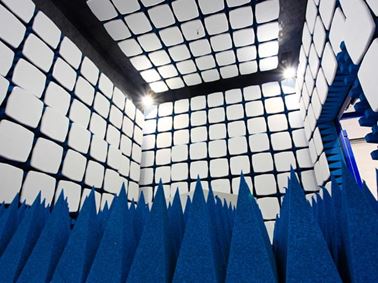As more communication is provided wirelessly, the applications and the devices they operate within still need to be truly portable, primarily due to the power requirement limitations and the ongoing need to regularly connect them to a wired AC outlet to recharge them.
Wireless power transmission: Enabling your innovation
Wireless Power Transmission, or WPT, is the transmission of electrical energy to the device without wires. WPT technology is useful to power electrical devices where interconnecting wires are inconvenient, hazardous, or even not possible, and as such, can be used to eliminate the use of cables and batteries, thus increasing the mobility, convenience, and safety of any electronic device for all of its users.
Wireless power transmission methods
WPT technology has been around for many years. Still, it is only recently that the technology has improved and miniaturized to the point where it can be embedded into the smallest devices. With a global initiative to provide more electric vehicles comes a need for more convenient ways of charging these vehicles – aka Wireless power transmission.
Wireless power transmission techniques mainly fall into two categories, near field and far field.
Near-field wireless power transmission (WPT) technique
Inductive coupling is the most widely used wireless technology in near-field applications; its applications include charging handheld devices like phones and electric toothbrushes, RFID tags, induction cooking, and wirelessly charging or continuous wireless power transmission in implantable medical devices like artificial cardiac pacemakers or electric vehicles.
Far-field wireless power transmission (WPT) technique
In far-field long, distance or radiative techniques, power is transferred by beams of electromagnetic radiation, like microwaves or laser beams; its applications include solar power satellites and wireless-powered drone aircraft.
Compliance requirements for wireless power transmission
An important issue with all wireless power transmission techniques and their associated systems is limiting the exposure of people and other living things to potentially injurious electromagnetic fields.
Stray RF energy is limited by regulation worldwide. It requires measurement and assessment of the Specific Absorption Rate (SAR) and Power Density of the RF field to maintain the limits on such phenomena. These ISM frequencies are allocated by the International Telecommunications Union (ITU), which harmonizes the requirements globally, ensuring that a product designed for one market will technically comply when used in another.
The Element advantage
All WPT products require detailed assessments of their EMC to ensure that the devices and systems operate as intended and within the RF spectrum allocated to their use. And as one of the world’s leading experts in the field of RF exposure and SAR testing services, Element and its team of over 1,200 Connected technologies experts can support you through your testing and certification programs to ultimately make sure that your products and devices are always compliant, safe and fit for purpose.
As well as being UKAS accredited to ISO/IEC 17025:2017, Element is a Notified Body for the European Radio Equipment, EMC & ATEX Directives, an Approved Body for the UK Radio Equipment Regulation, EMC Regulation and Potentially Explosive Atmospheres Regulation, a Telecommunication Certification Body (TCB) for the US, a Foreign Certification Body (FCB) for Canada and a Conformity Assessment Body (CAB) for Japan. Element is also a certification body under the IECEE CB Scheme.
To learn how Element can help you with your WPT technology challenges, engage with one of our experts today.
Wireless Power Transfer - On Demand Webinar
Understand what Wireless Power Transfer is and its regulatory requirements with Steve Hayes in our latest WPT wireless power transfer webinar. WATCH NOWEverything you need to know about compliance for wireless charging devices
Elements Engaged Experts discuss product compliance considerations of wireless charging devices including RF exposure and EMC compliance. READ MOREWhite Paper: Wireless Power Transfer (WPT) Testing
Learn more about Wireless Power Transfer use cases and regulations. This testing helps ensure that your product performs as intended in real-world situations and meets regulatory and industry requirements.
READ MOREMore Services

RF Regulatory Compliance Testing
Element offers ISO 17025 testing services to European ETSI standards, FCC rules, ISED RSS standards and Japanese Radio Law.

Wireless Radio Testing
Element works with Chipset Vendors though to those integrating radio modules to enable them to deliver their wireless and radio products to market.

EMC Testing
Element is one of the largest independent EMC testing companies in the world. Find out about our comprehensive testing capabilities in the UK, Germany, US and Korea.

Advisory Services
Our team of Engaged Experts can help you understand the various regulatory requirements and reduce the test burden by comparing the various standards and producing compliance strategies that fulfill the brief of ‘test once, approve to many’.

